இலங்கை இராணுவத்தின் இறுதிக்கட்ட யுத்தத்தில் 20,000 தமிழ் மக்கள் இனப்படுகொலை செய்திருப்பதாக, த டைம்ஸ் குற்றம் சுமத்தியுள்ளது. அரசாங்கம் மேற்கொண்ட எறிகணை வீச்சுக்களால் அவர்கள் கொல்லப்பட்டதாக த டைம்ஸ் மேற்கொண்ட அறிக்கையில் சுட்டிக்காட்டப்பட்டுள்ளது.
இதனால் பாதிக்கப்பட்டவர்களின் எண்ணிக்கை, அறிவிக்கப்பட்டதை விட, மூன்று மடங்கு அதிகம் என டைம்ஸ் தெரிவித்துள்ளது.
மோதல் தவிர்ப்பு வலயத்தில் இலட்சக்கணக்கான பொது மக்கள் இருந்த நிலையில் கடந்த ஏப்ரல் 27ம் திகதி கனரக ஆயுதங்களை பாவிப்பதை நிறுத்துவதாக அரசாங்கம் அறிவித்தது.
அத்துடன், அங்கு இடம்பெற்ற பொது மக்களின் உயிரிழப்புகளை, விடுதலைப்புலிகளின் மீது அரசாங்கம் சுமத்தியதாக டைம்ஸ் வெளியிட்டுள்ள செய்தி அறிக்கையில் குறிப்பிடப்பட்டுள்ளது.
ஆனால், கிடைக்கப்பட்ட நிழற்படங்கள், உத்தியோகபூர்வ ஆவணங்கள், சாட்சியாளர்கள் மற்றும் நிபுணர்களின் கருத்துக்கள் என்பன மாறுபட்ட கதைகளை சொல்வதாக அது தெரிவித்துள்ளது.
சர்வதேச கண்காணிப்பாளர்களும், உதவி வழங்குனர்களும், ஊடகவியலாளர்களும் புறந்தள்ளப்பட்டு, இராணுவம் இறுதி மூன்று வாரங்கள் பாரிய தாக்குதல்களை முன்னெடுத்து யுத்தம் நிறைவடைந்து விட்டதாக அறிவித்தது.
ஆனால் அதற்கான விலைகளை அப்பாவி தமிழ் பொது மக்களே செலுத்த வேண்டியேற்பட்டதாக த டைம்ஸின் அந்த செய்தி அறிக்கையில் குறிப்பிடப்பட்டுள்ளது.
இதற்கிடையில் தமிழீழத் தலைவர் கொல்லப்பட்டதன் பின்னர், மே 19ம் திகதி மாத்திரம் 1000 பொது மக்கள் கொல்லப்பட்டதாகவும் த டைம்ஸ் தெரிவித்துள்ளது.
இந்த பாதிப்புக்களை, தற்போது வெளியாகியுள்ள நிழற்படங்களின் ஊடாக பார்க்கும் போது தெளிவுபடுத்தப்படுகிறது.
இதற்கிடையில் தாக்குதல் கோணங்கள் இராணுவத்தினரால் நிர்ணயிக்கப்பட்டு, அதன் பின்னர், வான் மற்றும் நிலத்தாக்குதல்களை மேற்கொள்ளப்பட்டுள்ளமை சில புகைப்படங்களில் தெளிவாக தெரிவதாக பிரித்தானிய ஆயுதப்படை என்னும் சஞ்சிகையின் ஆசிரியர் சார்ல்ஷ் ஹெயின்மென் தெரிவித்துள்ளார்.
இந்த நிலையில் ஐக்கிய நாடுகளின் மனித உரிமைகள் சபையில் இலங்கையின் பிரேரணை வெற்றி பெற்றுள்ளது.
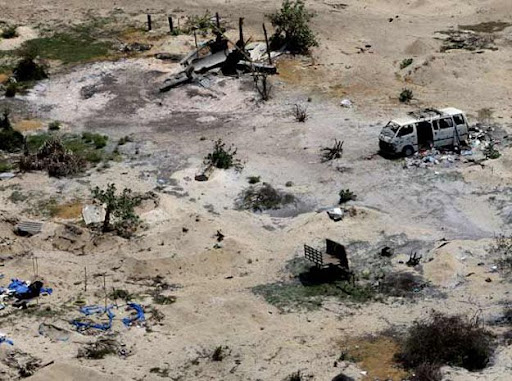

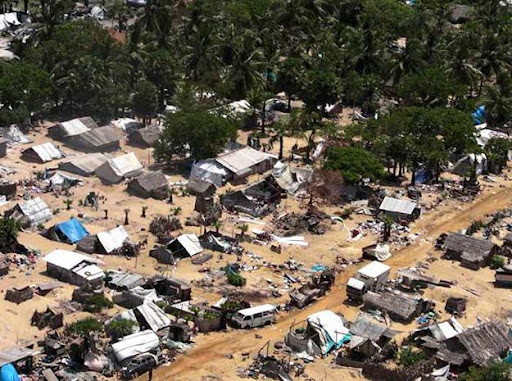
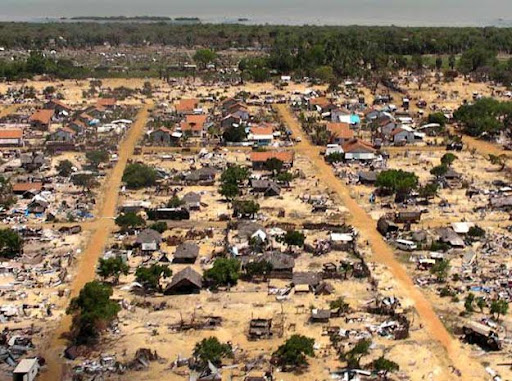
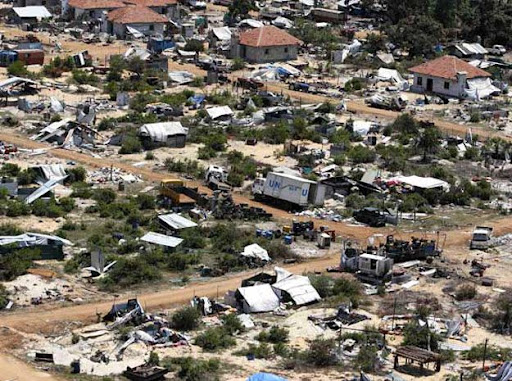
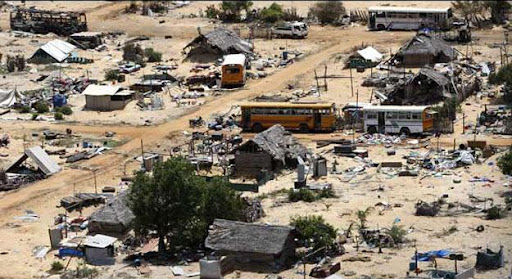
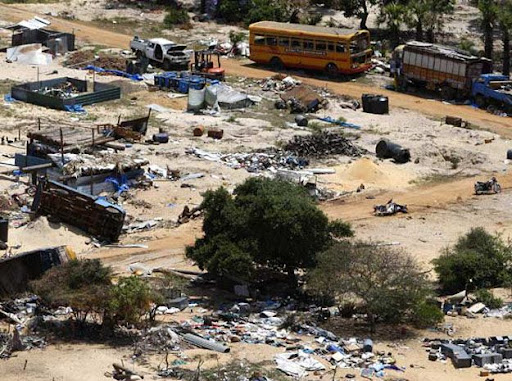

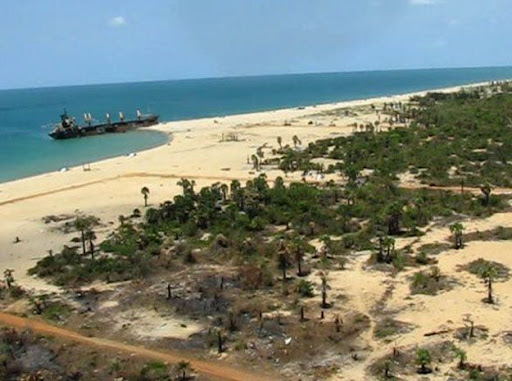
Related Posts : காணொளி,
காலகொடுமை,
சிங்களபேய்கள்,
தமிழீழ மக்கள்,
தமிழீழம்,
படங்கள்











0 comments:
Post a Comment